Research on deep learning image segmentation method based on attention mechanism
17 mar 2025
Acerca de este artículo
Publicado en línea: 17 mar 2025
Recibido: 24 oct 2024
Aceptado: 12 feb 2025
DOI: https://doi.org/10.2478/amns-2025-0210
Palabras clave
© 2025 Haibo Li, published by Sciendo
This work is licensed under the Creative Commons Attribution 4.0 International License.
Figure 1.
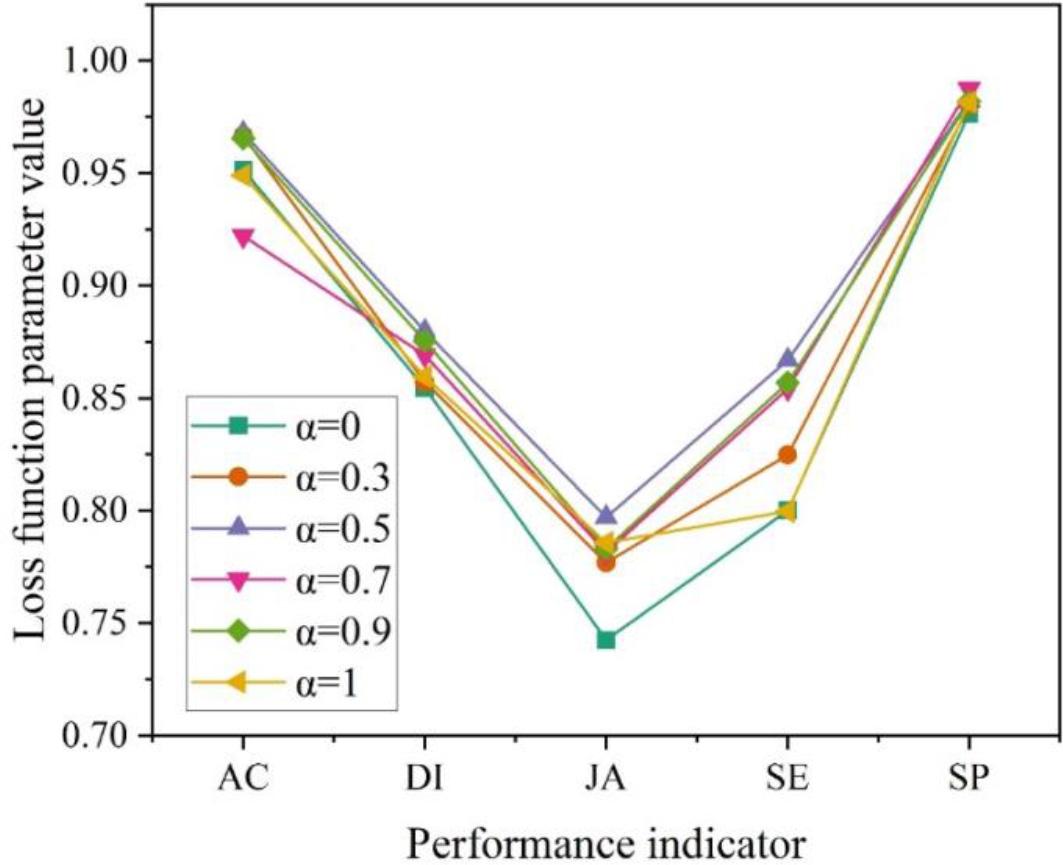
Figure 2.
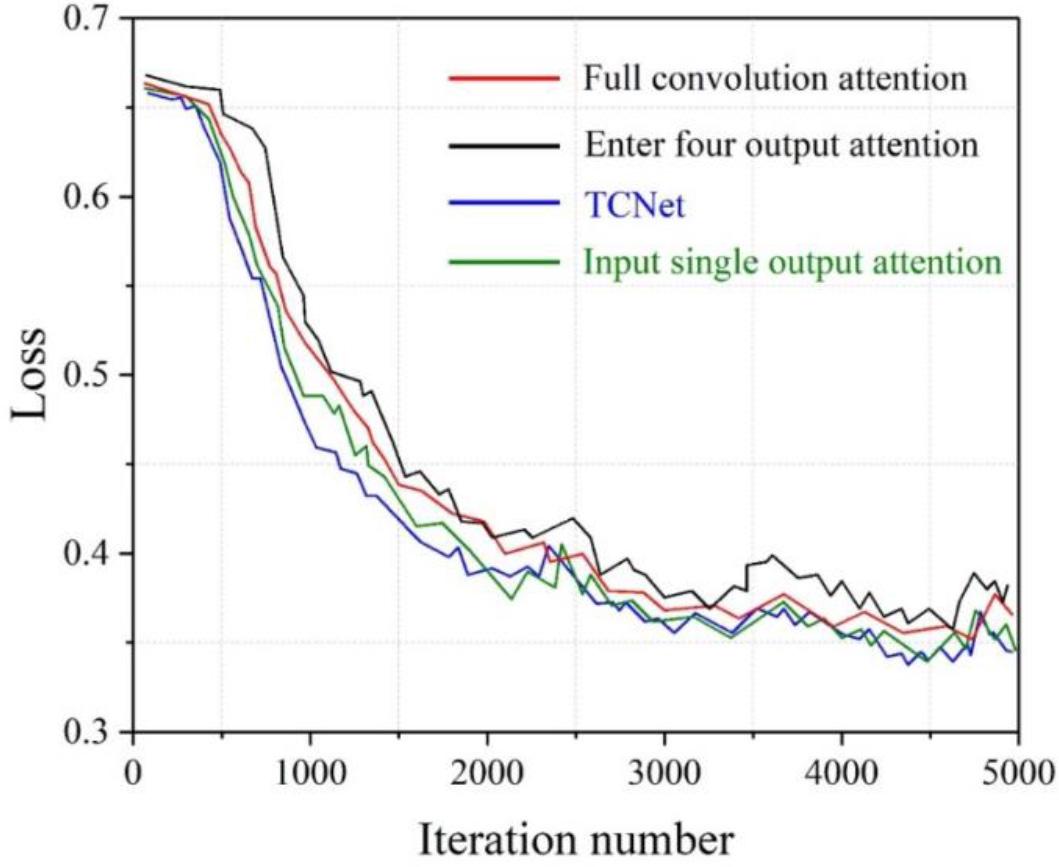
Figure 3.
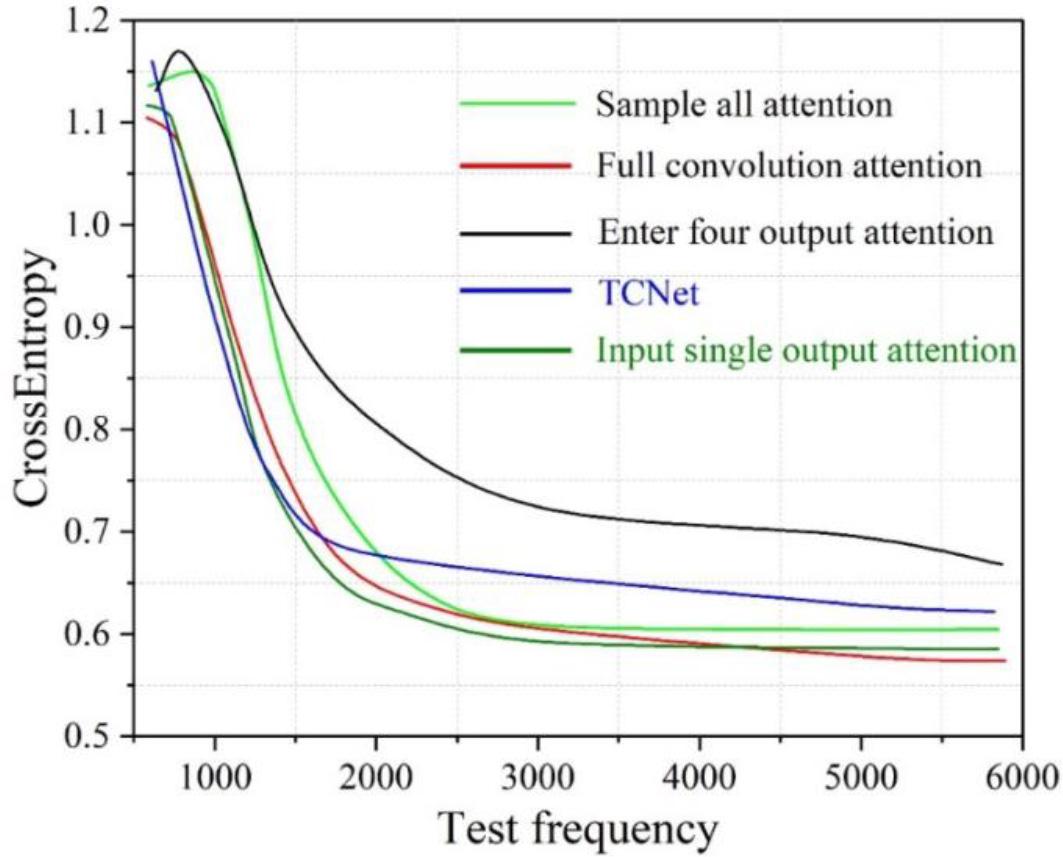
Figure 4.
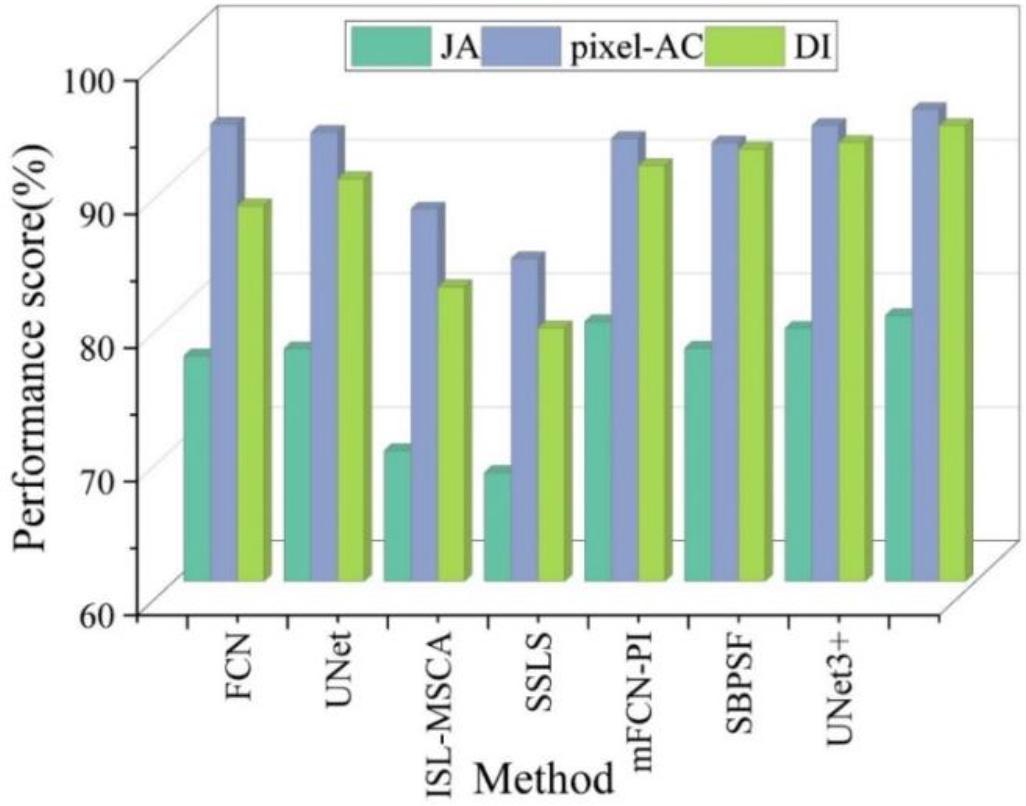
Figure 5.
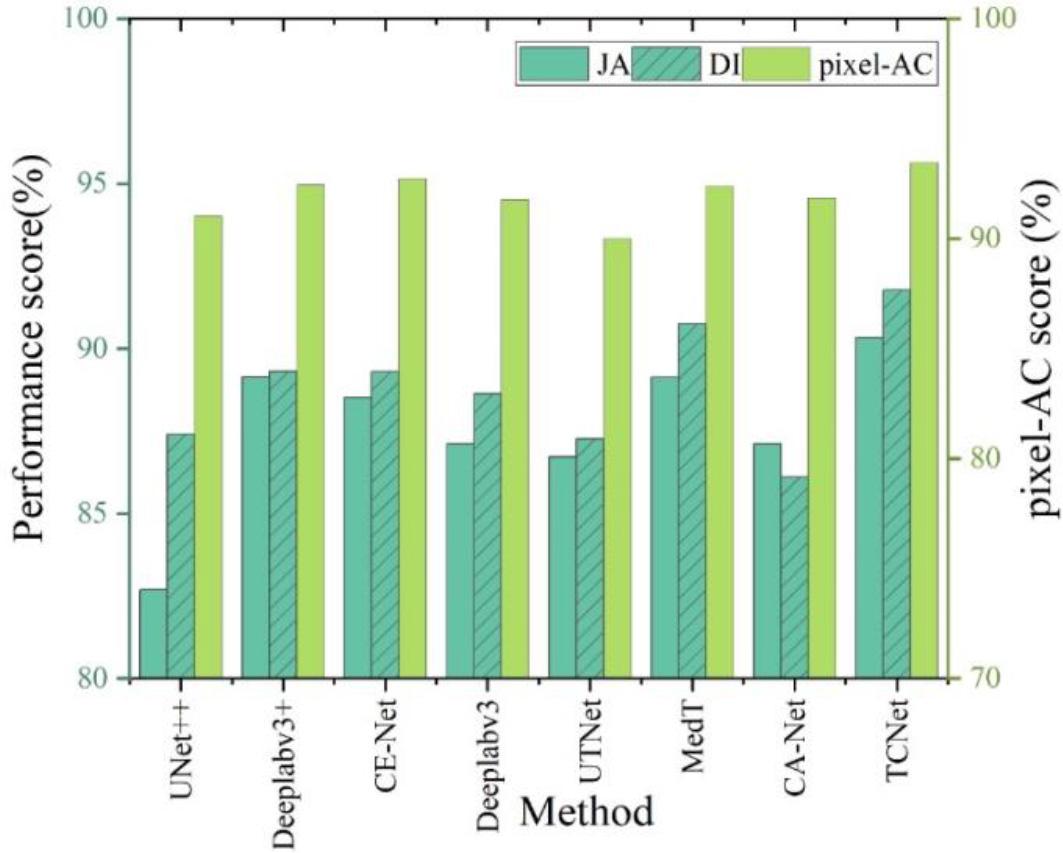
Data set information
| Name | Format | Label type | Training | Data partitioning validation | Testing |
|---|---|---|---|---|---|
| ISIC 2017 | 800 | 350 | 0 | ||
| PH2 | jpg | Pixel level | 0 | 0 | 220 |
| ISIC 2018 | 1865 | 635 | 0 |
The hardware and software environment of the experiment
| Central processor | Intel(R)Core i7-8600K CPU@3.60 GHz |
|---|---|
| Graphics card | Nvidia TITAN Xp 24GB |
| Memory | 64GB |
| Operating system | Windows 10 |
| Python | 3.9.15 |
| CUDA | 11.6 |
| torch | 1.13.0+cu116 |
| torchvision | 0.14.0+cu116 |
| Simulation platform | PyCharm |
Ablation research results in DRIVE and the CHASEDB data set
| LKM | ETM | MFM | DRIVE | CHASEDB | ||||||
|---|---|---|---|---|---|---|---|---|---|---|
| Acc | Sen | Sp | AUC | Acc | Sen | Sp | AUC | |||
| ✓ | 0.925 | 0.836 | 0.972 | 0.966 | 0.958 | 0.875 | 0.975 | 0.982 | ||
| ✓ | ✓ | 0.964 | 0.841 | 0.966 | 0.973 | 0.944 | 0.869 | 0.963 | 0.991 | |
| ✓ | ✓ | 0.952 | 0.869 | 0.979 | 0.987 | 0.957 | 0.873 | 0.967 | 0.985 | |
| ✓ | ✓ | ✓ | 0.973 | 0.824 | 0.983 | 0.989 | 0.970 | 0.889 | 0.986 | 0.992 |
